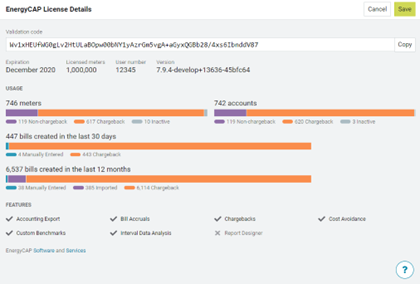EnergyCAP 7.9 release notes
The latest updates to EnergyCAP Version 7 (Release 7.9) are now available for all EnergyCAP hosted databases. This release includes—a new logo and an updated look, the ability to manage common and global units, create a budget worksheet, and view your license details. We’ve also added new functionality and integration for developers with the addition of webhooks and API keys.
New Logo and Icons
We are celebrating our 40-year anniversary with a modern new logo, icon, and graphics. New icons throughout the application provide a more consistent and modern look. These changes also result in improved performance for users with large hierarchies.

EnergyCAP Version 3 Sunset
Due to the retirement of Adobe Flash software at the end of 2020, EnergyCAP Version 3 (flash-based) must also be retired. As of September 7th, 2020, we’ve removed the link to access Version 3. If you have not fully transitioned to Version 7 please contact us.
Pro and Express clients
EnergyCAP Professional (Pro) and Express administrators can now create users directly in the application, this means you no longer need to send an invite to new users. Creating a user starts at the Settings icon. Usernames for Pro and Express clients must be unique, so we recommend using the email address as the username during the creation process.
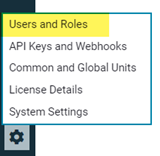
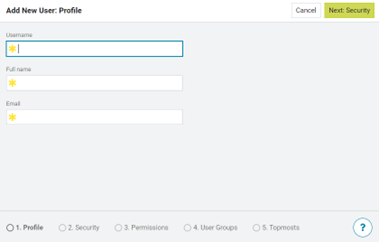
Common and Global Units
With this release, you can now configure your Common and Global Units in Version 7. Typically, these settings are configured during your initial database setup. These settings should only be modified by an administrator that understands the outcome of making changes.
On the Common and Global Units screen you can configure your global reporting unit, think of this as your energy reporting units, and the common rollup unit for each commodity, think of this as your commodity reporting units.
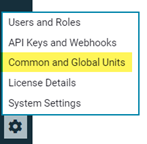
Global units are the unit of measure used for any chart or report that combines energy-based commodities and is used in the Groups and Benchmarks module, Energy Use Intensity, and other reports.
Common units are the default unit of measure for each commodity and this unit is used on reports and Powerviews.
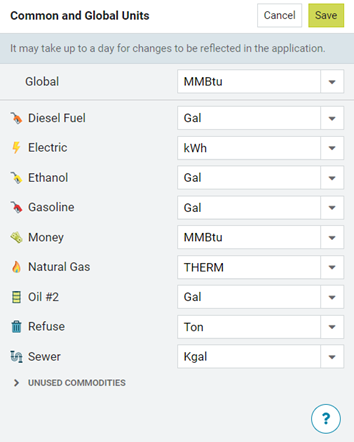
Webhooks and API keys
We now make it easier for third-party integration with EnergyCAP by implementing the use of webhooks and API keys.
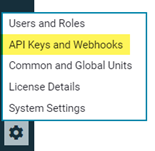
Webhooks send automatic notifications when certain events happen in EnergyCAP. For example, receive a message every time someone approves a bill. Webhooks allow you to run scripts, send email, and run reports when specific actions happen within your database. (Additional tooling/configuration is required outside of EnergyCAP to enable these actions based on the webhook messages.)
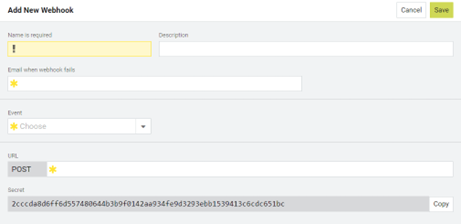
API keys are required to use EnergyCAP’s REST API that provides third-party application developers access to EnergyCAP data.

Creating an API key allows a script or program to connect as you. Any application using your key inherits your permissions, topmost settings, and is only active while your account is active.
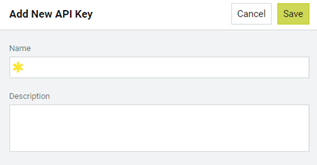
Budget worksheet
The budget worksheet is an Excel spreadsheet generated from historical billing data to help you create a utility budget for the next year.
Every commodity is on a different tab and the data is subtotaled at the building level. You can easily update information that impacts your budget, like changes to building floor area or weather data. Easily identify missing data in the base year.
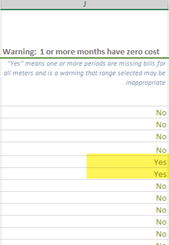
Use the filter Budget End Period to select the last month of data you want to include in the budget. You’ll want to make sure you select a time period that has been populated with all your billing data. This is usually 2 to 3 months in the past. If you don’t select a Budget End Period, the spreadsheet is created with the last 12 months of information.

You can create different budget worksheets based on different assumptions for the upcoming year.
License details
The License Details screen lets you easily see your organization’s licensed features, view the number of licensed meters, and apply an updated license key. The usage section shows the number of meters and accounts in use and the number of bills created in the last 30 days and last 12 months.

Remember all meters, both active and inactive, count towards your total licensed meters.
